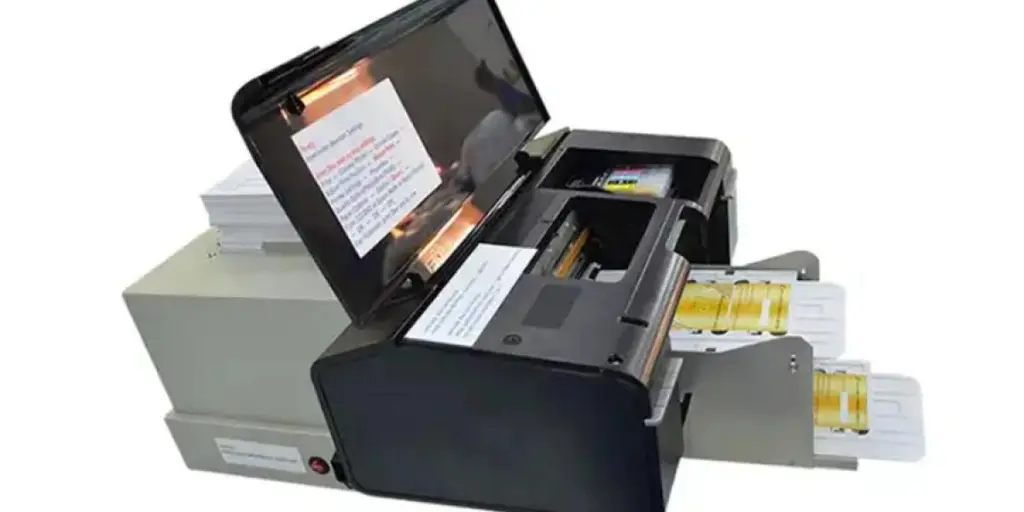In the dynamic realm of office technology, inkjet printers have emerged as a cornerstone, evolving rapidly to meet diverse business needs. These printers, known for their versatility in handling a range of printing tasks, have become indispensable in modern office settings. From producing high-quality, color-rich documents to efficiently managing everyday printing demands, inkjet printers offer a blend of performance and practicality. Their ability to cater to various printing requirements – be it detailed reports, vibrant presentations, or crisp textual documents – makes them a valuable asset in any professional environment. As the market continues to innovate, these printers are not just tools but pivotal elements in enhancing productivity and maintaining workflow efficiency in businesses.
Table of Contents:
1. Inkjet printer market insights in 2024
2. Key considerations in printer selection
3. Leading inkjet printer models of 2024
4. Conclusion
Inkjet printer market insights in 2024

In 2024, the inkjet printer industry continues to evolve, driven by technological advancements and shifting market dynamics. This section delves into the latest trends, consumer preferences, and the impact of new technologies on printer features.
Trends and developments in the inkjet printer industry
The industry is witnessing a surge in demand for multifunctional printers that offer more than just printing. These devices now integrate scanning, copying, and even fax capabilities, catering to the diverse needs of modern businesses. Additionally, there’s a growing emphasis on sustainability, with manufacturers focusing on eco-friendly designs and reducing the carbon footprint of their products.
Technological advancements have significantly enhanced printer functionalities. The latest models boast improved print speeds, higher resolution outputs, and advanced connectivity options like Wi-Fi and cloud printing. These features not only improve efficiency but also offer greater flexibility in how and where printing tasks can be accomplished.
Market dynamics and consumer preferences
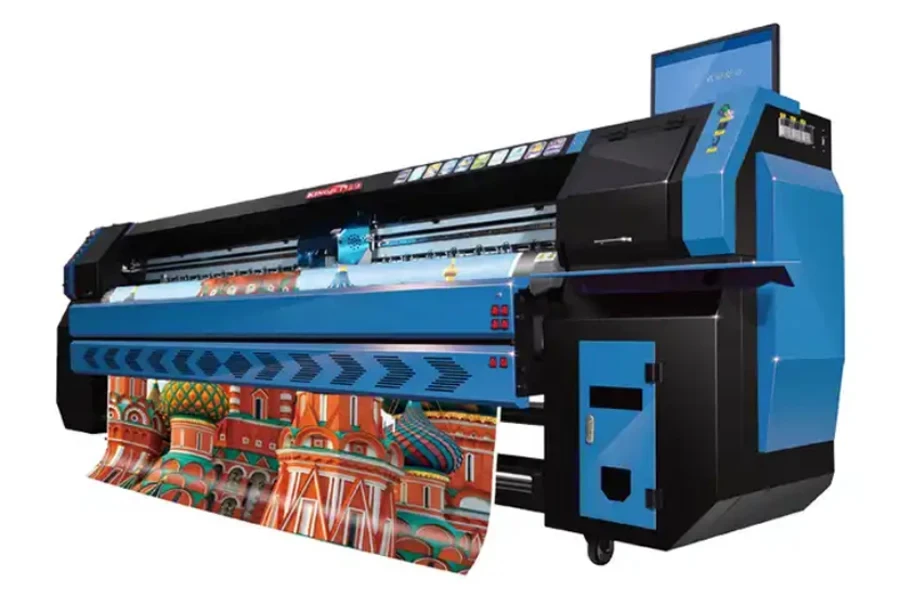
The inkjet printing market is experiencing significant growth and development. As of 2023, the market is valued at approximately USD 93.47 billion. Experts project a robust growth trajectory, with the market expected to reach around USD 139.38 billion by 2028. This growth represents a compound annual growth rate (CAGR) of 8.32% over the forecast period from 2023 to 2028.
This expansion is driven by several factors, including the increasing demand for multifunctional inkjet printers that offer a range of capabilities beyond just printing, such as scanning and copying. The market is also influenced by a growing emphasis on sustainability and eco-friendly printer designs. Additionally, technological advancements are enhancing printer functionalities, leading to improved print speeds, higher resolution outputs, and advanced connectivity options. These developments are making inkjet printers more appealing for a variety of business and personal uses.
Consumer preferences are increasingly leaning towards printers that offer convenience and cost-effectiveness. This shift is evident in the rising popularity of printers with refillable ink tanks, which offer a lower total cost of ownership compared to traditional cartridge-based models. Moreover, the demand for high-quality photo printing continues to grow, particularly among small businesses and creative professionals.
In conclusion, the inkjet printer market in 2024 is characterized by a blend of innovation, consumer-centric designs, and a focus on sustainability and efficiency. These trends are shaping the choices available to businesses, offering them a range of options to meet their specific printing needs.
Key considerations in printer selection
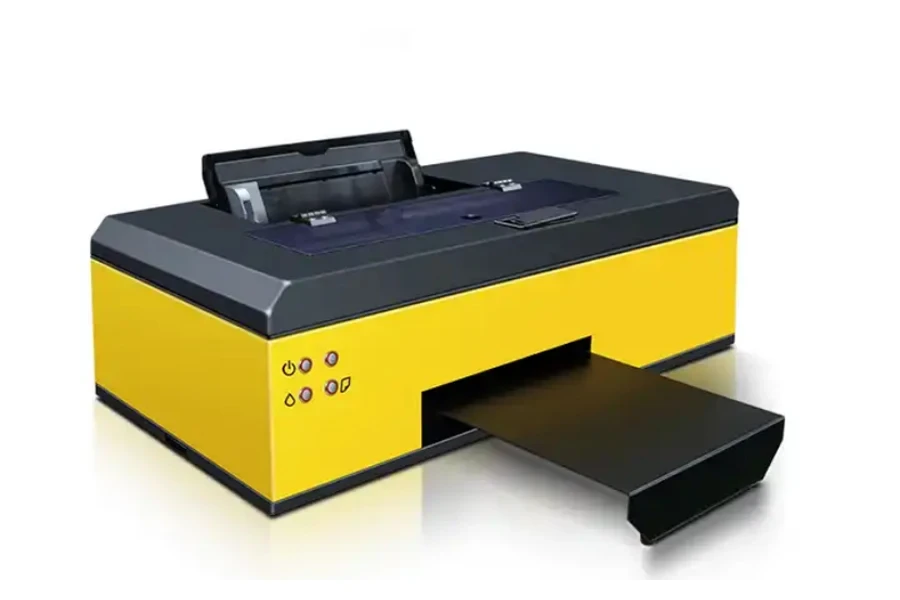
Selecting the right inkjet printer involves a careful evaluation of several critical factors. This section delves into the key considerations that influence the decision-making process for choosing the most suitable inkjet printer.
Assessing print quality and output needs
When selecting an inkjet printer, print quality and output needs are crucial. High-resolution printers, capable of producing sharp, vivid images and crisp text, are essential for businesses that prioritize quality in their print materials. For instance, printers offering resolutions of 4800 x 1200 dpi (dots per inch) are ideal for producing detailed graphics and professional-looking documents. The type of ink used also plays a significant role. For example, pigment-based inks are known for their durability and water resistance, making them suitable for printing archival-quality documents and photos. Additionally, businesses must consider the printer’s versatility. Multifunction printers that combine printing, scanning, copying, and faxing capabilities offer a comprehensive solution for various office tasks.
Understanding running costs and efficiency
Running costs are a critical factor in printer selection, especially for businesses with high-volume printing needs. Inkjet printers with a lower cost per page offer long-term savings. For instance, certain models with refillable ink tanks can reduce the cost per page significantly compared to traditional cartridge-based models. A study indicates that the average yearly cost to keep such printers running can be as low as $5, a fraction of the cost for conventional inkjets. Energy efficiency is another aspect to consider. ENERGY STAR certified printers are preferred for their lower electricity consumption, contributing to cost savings and environmental sustainability. The speed of the printer, measured in pages per minute (PPM), is crucial for businesses where time efficiency is a priority. Printers with higher PPM rates can handle large print jobs more efficiently, saving time and increasing productivity.
Evaluating paper handling and connectivity features
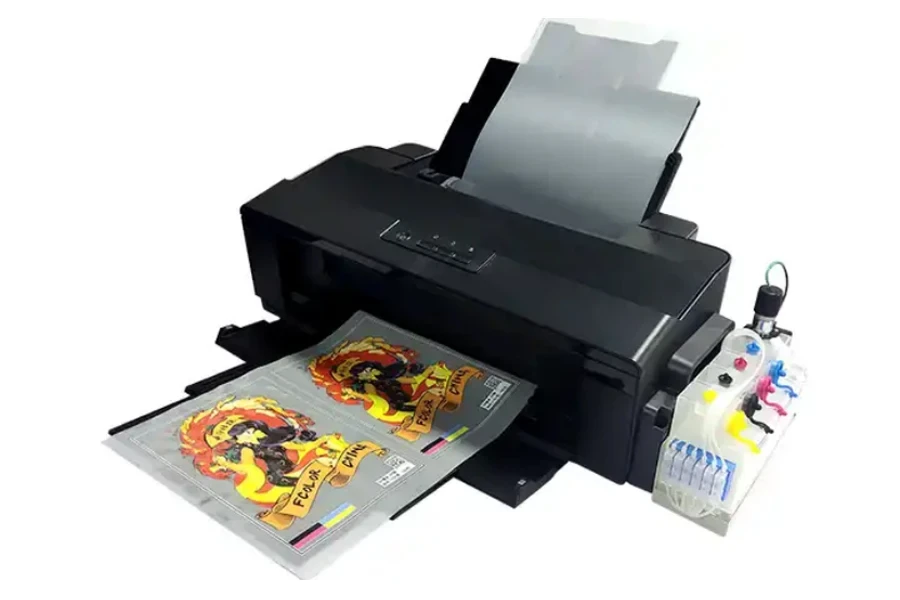
Inkjet printers offer diverse paper handling capabilities, crucial for businesses with varied printing needs. A typical inkjet printer supports a resolution of 1200 x 1440 dpi, suitable for printing photos larger than 5 x 7 inches. For higher quality requirements, some models provide up to 5760 x 1440 dpi. The paper handling capacity varies significantly among different models. For instance, some printers can handle 100 to several hundred pages before needing ink cartridge replacement. The type of paper used also impacts print quality. Inkjet-specific papers are heavier and have higher brilliance, enhancing the quality of the output. Additionally, many inkjet printers now include multifunctional capabilities, integrating scanners, photocopiers, and fax machines, offering a comprehensive solution for office needs.
Connectivity features in inkjet printers have evolved to include Wi-Fi, Bluetooth, and NFC, enabling easy integration with various devices and cloud services. This advancement allows for seamless printing from smartphones, tablets, and laptops, providing flexibility and convenience in printing tasks.
Importance of brand reputation and customer support
The reputation of the printer brand and the quality of customer support are significant factors in the selection process. Recognizable brands like Epson, Canon, and HP are known for their reliability and quality in the inkjet printer market. These brands offer models ranging from home office printers like the Epson XP and Canon Pixma to business-oriented printers like the Canon ImageCLASS and HP OfficeJet. The level of customer support provided by these brands, including technical assistance, warranty services, and availability of replacement parts, is crucial for minimizing operational disruptions. A brand’s track record in delivering consistent quality and support gives businesses the confidence in their investment, ensuring that their printing needs are met efficiently and effectively.
In conclusion, selecting an inkjet printer is a multifaceted decision. Businesses must consider print quality, running costs, paper handling, connectivity features, and brand reputation to find a printer that aligns with their specific needs and operational demands.
Leading inkjet printer models of 2024
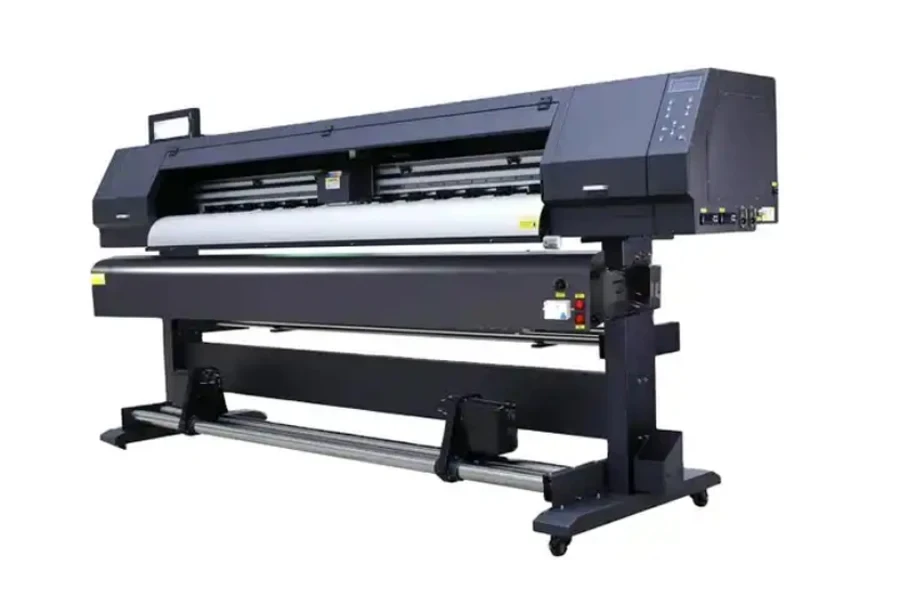
The inkjet printer market in 2024 showcases a range of models that cater to various business needs, combining advanced technology with efficiency and cost-effectiveness.
Overview of top models from renowned brands
Brother DCP-J1200W: This model stands out for its high-yield cartridges, making it a cost-effective choice for businesses. It offers strong print quality but lacks auto-duplex mode and a display. Its unique feature is the ability to accommodate large inkjet cartridges, branded as an INKvestment Tank by Brother, offering higher yields and economical running costs.
Epson EcoTank ET-4750: Known for its refillable ink tanks, this printer is both cost-effective and efficient. It has a 250-sheet paper tray and offers functionalities like fax and Wi-Fi Direct. The initial purchase includes a substantial amount of ink, enough for 14,000 mono and 11,200 color pages.
Epson EcoTank ET-M1170 (ET-M1120 in the UK): This mono inkjet printer is economical over the long term, despite a higher initial cost. It includes enough ink for up to 6,000 pages and offers features like Wi-Fi and duplex printing.
Epson WorkForce Pro WF-4820DWF: An affordable option for offices, this printer offers a large touchscreen, auto duplex, and an automatic document feed. It’s capable of fast monochrome printing and can print high-quality photos on glossy paper.
Canon PIXMA G5050: A MegaTank printer, it offers low running costs and comes with a significant amount of ink in the box. It’s capable of duplex printing and has a 250-sheet paper capacity.
Canon MAXIFY iB4150: Designed for small businesses, this printer can handle a heavy workload with its 500-sheet paper capacity and high-yield ink cartridges. It offers fast mono print speed and can handle various media sizes up to A4.
Canon TS8250: This stylish all-in-one printer uses six separate ink cartridges for superior color photo printing. It features a large touchscreen, NFC connectivity, and slots for SD cards and USB flash drives.
Analysis of features and performance for different use cases
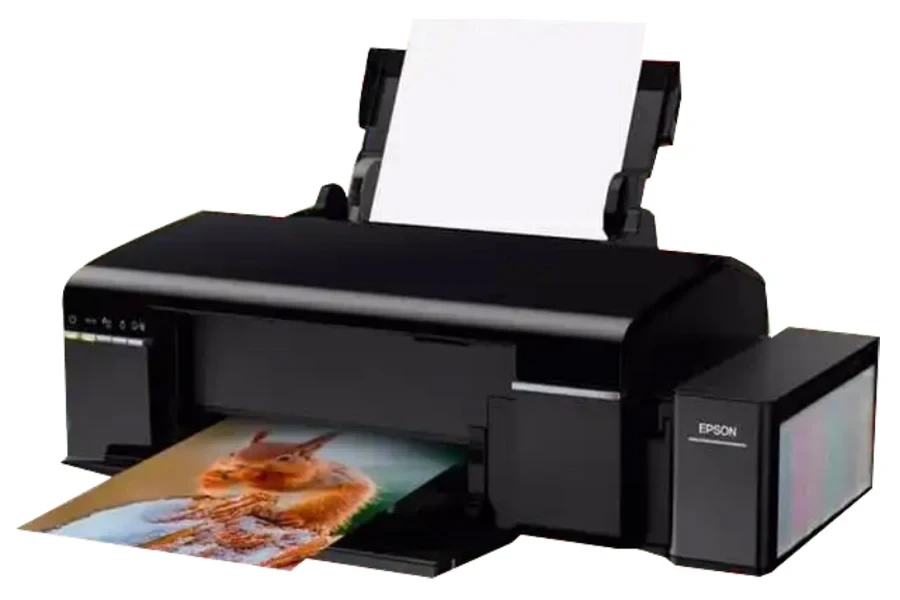
For Small or Home Offices: Epson EcoTank Pro ET-5850
Use Case: Ideal for environments with a high volume of document printing.
Performance: Offers fast printing speeds and high-quality output, especially for text documents.
Cost Efficiency: The supertank system significantly reduces the cost per print, making it economical over time despite the higher initial investment.
For Budget-Conscious Users: Brother MFC-J1205W
Use Case: Suitable for users with moderate printing needs.
Performance: Offers high-quality document printing with a decent speed. However, it lacks an automatic document feeder and has a slower printing speed.
Cost Efficiency: Known for its low cost-per-print due to long-lasting and inexpensive ink cartridges.
For Photo Printing: Canon imagePROGRAF Pro-300
Use Case: Best suited for printing high-quality, detailed photos.
Performance: Produces vibrant, colorful photos with no banding or artifacts. However, it prints slowly, taking over two minutes for a 4″ x 6″ photo.
Cost Efficiency: Involves higher maintenance costs due to expensive ink cartridges, making it less ideal for frequent printing.
These models cater to different needs, from high-volume office printing to quality photo printing, offering a range of options for businesses to choose from based on their specific requirements and budget constraints.
Conclusion
Selecting the right inkjet printer for an online retail business in 2024 requires a nuanced understanding of market trends, technological advancements, and specific business needs. The current market offers a diverse range of models, each with unique features tailored to different use cases. From assessing print quality and output needs to understanding running costs, efficiency, paper handling, and connectivity features, the decision-making process is intricate. Additionally, the importance of brand reputation and customer support cannot be overstated. With the insights gathered, businesses are well-equipped to make informed choices, ensuring they invest in printers that align with their operational demands and budget considerations.
